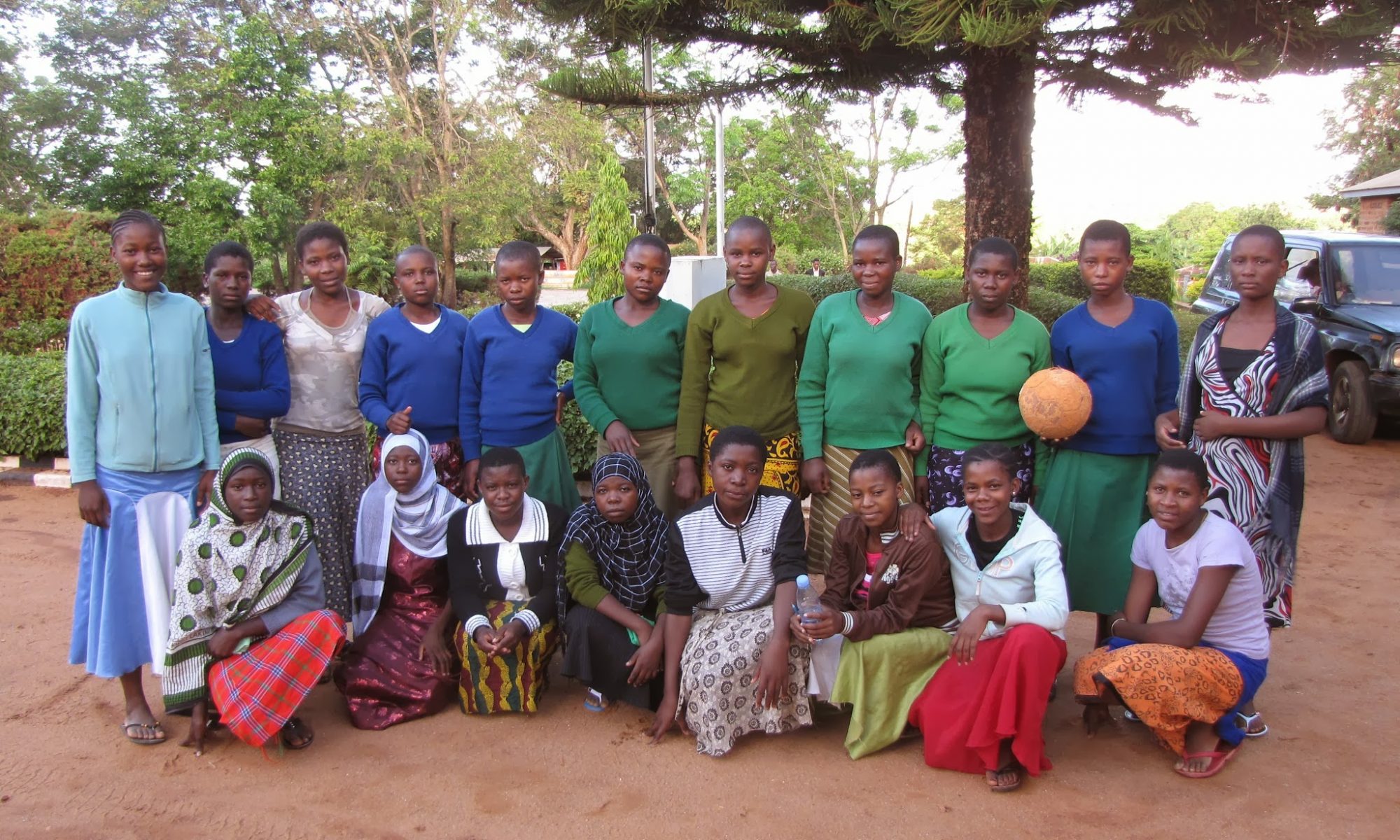Form Two Exams Make a Return
In an article posted today in the Guardian, it has been reported that the Form Two National Exam is coming back.
I have very mixed feelings about this. On the one hand, I see the dismal pass rate at Form IV the past couple years as a product of the removal of the Form Two exams. Without the exam weeding out unprepared students, Forms Three and Four were full of too many students who were not prepared and/or motivated to learn the more difficult material. In a rural school, this could be 75-80% of the students in those forms, making for a difficult learning environment for the remaining students who were ready to learn. Due to peer pressure, there are often excellent students who just drop off completely in Form Three, since they do not want to stand out.
While in theory, the re-introduction of the exam should ensure a more prepared Form III. This, combined with the new Form I entrance exam for basic literacy announced by the Ministry of Education, will definitely act as a filter for students who are capable. The problem is, cheating is so rampant, that many students will probably continue to get through. In recent years, with the increase of technology, cheating has gotten even worse. All it takes is one unscrupulous headmaster to release the exam papers ahead of the date and thousands of people across the country can be quickly relayed the exam questions by text message. With a pass mark of 30%, just a few questions can go a long way to getting a student to pass. The tests need to be taken seriously by students and teachers. Teachers need to invigilate the exam with proper diligence and reduce the incidence of cheating.
Finally, the fact that a large number of rural students will be failing their Form Two exams is really an indicator of a larger failure in the educational system. Way before they ever get to Secondary school, many of these students are already set up for failure by having a grossly inadequate primary education. It’s not that they do not have the capacity to learn the material, but that their foundation is so weak, they are totally lost in secondary school. The language shift from Swahili to English definitely does not help, but even Swahili scores are not as good as one would expect. More needs to be done to improve primary education to reduce the failure rates at secondary schools.
Related
Another article about the reintroduction of the exams
Primary School Results, Cheating, and O-level Entrance Exams.
DO WHAT’S RIGHT, SEND OUR GIRLS TO SCHOOL
[Editorial from The Citizen]
Education for girls should no longer be the subject of negotiation, especially in light of the fact that females comprise the greater part of the population. As far back as 2003, there were 98 males for every 100 females in Tanzania. There should be more girls than boys in school now, all things being equal.
Yet the evidence paints a different picture. According to the Tanzania Domestic Household Survey of last year, at least 93 per cent of girls from the wealthiest families got full primary education, but only 54 per cent from poorest families did so.
There may be a number of reasons for this yawning disparity, and we can only speculate on some of them. Whereas girls from the former category may be chauffeur-driven to school, the latter often have to walk or, if they are lucky, get on public transport.
The same ritual is repeated when school is over and they have to return home. All too often, there are many distractions for girls caught up in this situation. With this kind of rigmarole, it is small wonder that only half of the girls from poor families complete education in Tanzania’s primary schools.
This is neither fair nor moral. Indeed, such disparities feed class segregation in our society—with one Tanzania of educated children from rich families and another comprising uneducated children from poor families.
No meaningful education translates these days into meaningful life opportunities. This is the destiny of most girls. This is not the Tanzania we want. Since the dawn of independence, we have upheld the dream of a society in which every child has an equal opportunity in education. We have aspired to have a country in which no child is marginalised, regardless of family status.
We should leave no stone unturned in our efforts to erase such glaring differences among Tanzania’s children. There is a saying that educating a girl is educating an entire family. The benefits should be clear enough.
Peace Corps Volunteers Recognized in Tanzanian Newspaper
As former Peace Corps Volunteers in Tanzania, we’re always proud of what the current Peace Corps Volunteers are accomplishing there. Recently the work of two Peace Corps volunteers at a conference on pedagogical practices was highlighted in the Tanzanian newspaper, The Guardian. The volunteers, Aron Walker and Peter McDonough set up an exhibit showing how to equip a science laboratory with locally available materials. In a country where all science subjects (Physics, Chemistry, Biology) are mandatory for two years and the laboratory supplies are scarce (not to mention the funds to buy them or to build the physical laboratory building), teaching science effectively can be difficult. Being able to set up a laboratory in a cost-effective manner using local materials would help teachers be able to better capture students’ interest and increase their understanding through practical, hands-on explorations. Way to go Aron and Peter!
Click here for the full article from The Guardian
